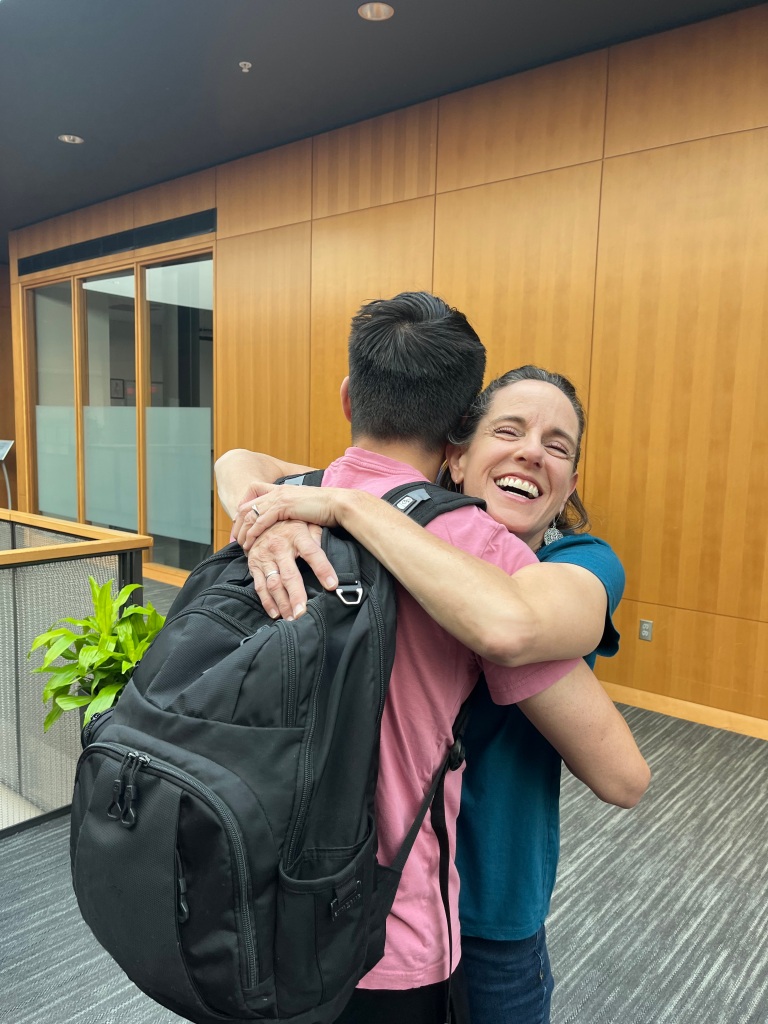Any class on Western Civilization will include Martin Luther’s pinning of the 95 Theses on the north door of what at the time was the Wittenberg Castle Church. While the then monk Martin Luther wrote of his concerns in Latin, having no designs upon becoming any kind of movement leader, intending to have a scholarly discussion with the religious elites of his day regarding what were moral corruptions and unjust practices of church leaders, nonetheless, an anonymous source translated the 95 Theses into the common German language of the people and Luther’s concerns tapped into a popular discontent that in turn would ignite a “Reformation” across all of Europe. The recent invention of the Gutenberg Press would also make it so that literacy rates were at an all-time high and accessibility to print now widely available, in a way never before in human history. In time, perhaps the most significant contribution of this movement that spontaneously erupted, that would become known as the Protestant Reformation, would be the recovery of the doctrine of justification by faith alone (see Ephesians 2:8,9) in the apostolic and Biblical message. So of course, Chad, Greg and I had to take a trip to Wittenberg, where in addition to having some of the best beer we had ever tasted called “Luther Porter,” (I had to bring the bottle home, lol), we were also able to stand in front of the north door where those 95 Theses were pinned. Pretty amazing stuff.



Of course, as the story goes, on October 31st, 1517, it was a wooden door upon which Luther’s “protests” were pinned. The door today is a metal door, with the 95 Theses etched. In addition, nearby is a statue of Luther in the Wittenberg town square. Also, he is buried inside the church, which is still an active congregation today (not sure how I feel about that, haha).



In addition to the Luther Porter, if you ever visit Wittenberg, I highly recommend the Luthersteak as well. Describing it would not do it justice, so you will just have to travel to Wittenberg yourself to taste it! Let’s just say it isn’t beef. As a hint, Luther’s wife Katie Von Bora, who was smuggled out of a nunnery in a fish herring barrel, true story (the Protestant Reformation was also a social reformation where marriage became as highly honoured as celibacy), was also a pig farmer.
On a different day, Chad, Greg and I were able to travel to the Wartburg Castle where Luther was on the run for his life, exiled for a year, where he would take on the name “Knight George.” Luther had fallen into the good graces of Frederick the Wise who would protect him and conceal his identity while at the Castle. Meanwhile Charles V was raising up an army to fight Francis V, which require that he leave Germany for nine years and also fending off attacks from the Turks on the Eastern border. Had the historical circumstances been different, there is the likelihood that Charles would have found Luther and put him to death for being a revolutionary, despite as already mentioned, Luther having no desire or intention to be a revolutionary or movement leader. Well, through God’s many providences, Luther would not be killed and even while exiled at the Wartburg Castle, would translate the New Testament into the German language. Despite being locked up in a tower, as the pictures below will show, Luther seemed to have plenty of inspiration looking out over the countryside from his place of exile. One picture is taken as we are ascending a number of steps to arrive at the castle, the other being the view while in it:


Well, Luther’s story isn’t without its dark blemishes as we will discuss in the next post regarding some of his anti-semitic views, something that was not lost on us as we had begun our trip to Germany visiting the Sachsenhausen concentration camp memorial.


Leave a comment